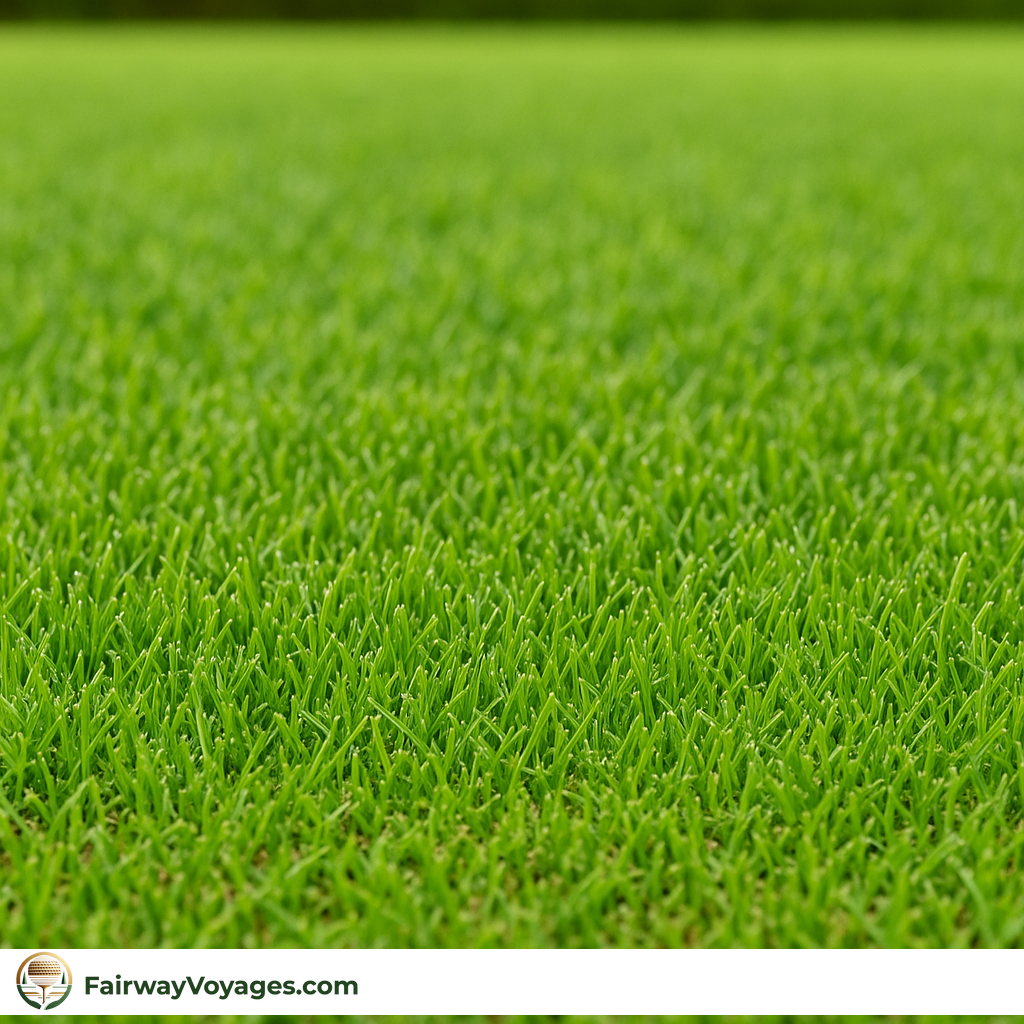Poa annua: Biology, Distribution, and Turf Management Challenges
Poa annua, commonly known as annual bluegrass, is a widespread grass species belonging to the family Poaceae. Despite its name, Poa annua can exhibit both annual and perennial growth habits, depending on environmental conditions and genetic variation. It is native to Europe but has become naturalized across temperate regions worldwide, thriving in a variety of climates and soil types. This species is especially prevalent in turfgrass systems, golf courses, and lawns, where it is both valued and considered a problematic weed.
Poa annua is characterized by its light green color, soft texture, and boat-shaped leaf tips. It grows in a bunch-type form and typically exhibits a shallow root system, which makes it vulnerable to drought stress and summer die-off. The grass produces seed heads prolifically, often even under mowing conditions as low as 3 mm, contributing to its rapid spread and persistence. Its life cycle varies: while the typical form completes its cycle within a year, some biotypes behave perennially and can survive several growing seasons, particularly in cooler environments.
Global Distribution and Invasiveness
The distribution of Poa annua is global, spanning all continents except Antarctica. It is especially common in areas with moderate to heavy human activity, such as sports fields, roadside verges, and urban lawns. The species' adaptability to different soil textures, pH levels, and moisture conditions makes it one of the most successful grass invaders. In many temperate regions, it is considered both a valuable turf species for putting greens and a noxious weed in agricultural and horticultural settings.
Poa annua's invasive potential is attributed to its prolific seed production, short germination cycle, and ability to tolerate close mowing. Its seeds can germinate in as little as 7 days under favorable conditions, and a single plant can produce thousands of seeds in a season. These seeds are easily dispersed by wind, water, equipment, and foot traffic. Once established, Poa annua can rapidly outcompete native or more desirable grass species, leading to shifts in local plant community structure.
Ecological and Environmental Considerations
While Poa annua is often unwanted in managed landscapes, it plays certain roles in ecological systems. It can serve as ground cover that reduces soil erosion and provides forage for some insects and small animals. Its early-season growth can also contribute organic matter to soil systems, enhancing microbial activity and nutrient cycling. However, these benefits are often outweighed by the species' aggressive behavior and its ability to displace native vegetation.
In agricultural systems, especially in perennial crops such as vineyards and orchards, Poa annua is a problematic weed that competes with crops for water and nutrients. It can also serve as a host for plant pathogens and insects that negatively affect crop yields. Moreover, its tendency to die back in hot weather can leave bare patches that are vulnerable to secondary weed invasion or soil compaction. As a result, integrated weed management strategies are often necessary to mitigate its ecological impact.
Turf Management and Control Techniques
Poa annua poses a unique challenge to turfgrass managers due to its dual role as both a turf species and a weed. On golf course greens, particularly in temperate climates, certain perennial biotypes of Poa annua are deliberately cultivated for their fine texture and density. However, these same characteristics make it highly undesirable on fairways or in warm-season turf systems, where it disrupts uniformity and weakens turf stands during summer stress periods. This duality complicates control efforts and necessitates highly site-specific management practices.
Cultural control methods include optimizing mowing height, adjusting irrigation schedules to favor deeper-rooted species, and using overseeding with competitive perennial grasses. Mechanical control is limited due to the species' capacity to reseed quickly. Chemical control options include the use of pre-emergent and post-emergent herbicides; however, resistance to multiple modes of action has been reported in many populations worldwide. These resistance issues are particularly concerning in intensively managed systems like golf courses, where Poa annua populations are exposed to repeated herbicide applications.
Recent Advances and Research Directions
Research continues into understanding the genetic diversity and adaptability of Poa annua. Molecular studies have identified distinct genotypes associated with both annual and perennial growth habits, suggesting a complex evolutionary background that influences its management. These findings could help inform breeding programs and the development of more targeted control strategies in the future. Additionally, research into biological control agents, such as fungal pathogens specific to Poa annua, is ongoing, although commercial applications remain limited.
Emerging technologies like precision turf management and site-specific herbicide applications offer new hope for effective and sustainable control. These methods rely on data collection through GPS, drones, and sensor technology to identify infestation hotspots and apply treatments only where needed. Such precision reduces input costs, minimizes environmental impact, and delays the development of herbicide resistance. As sustainability becomes a greater focus in turf management, integrating cultural, mechanical, and technological tools will be key to controlling Poa annua.

